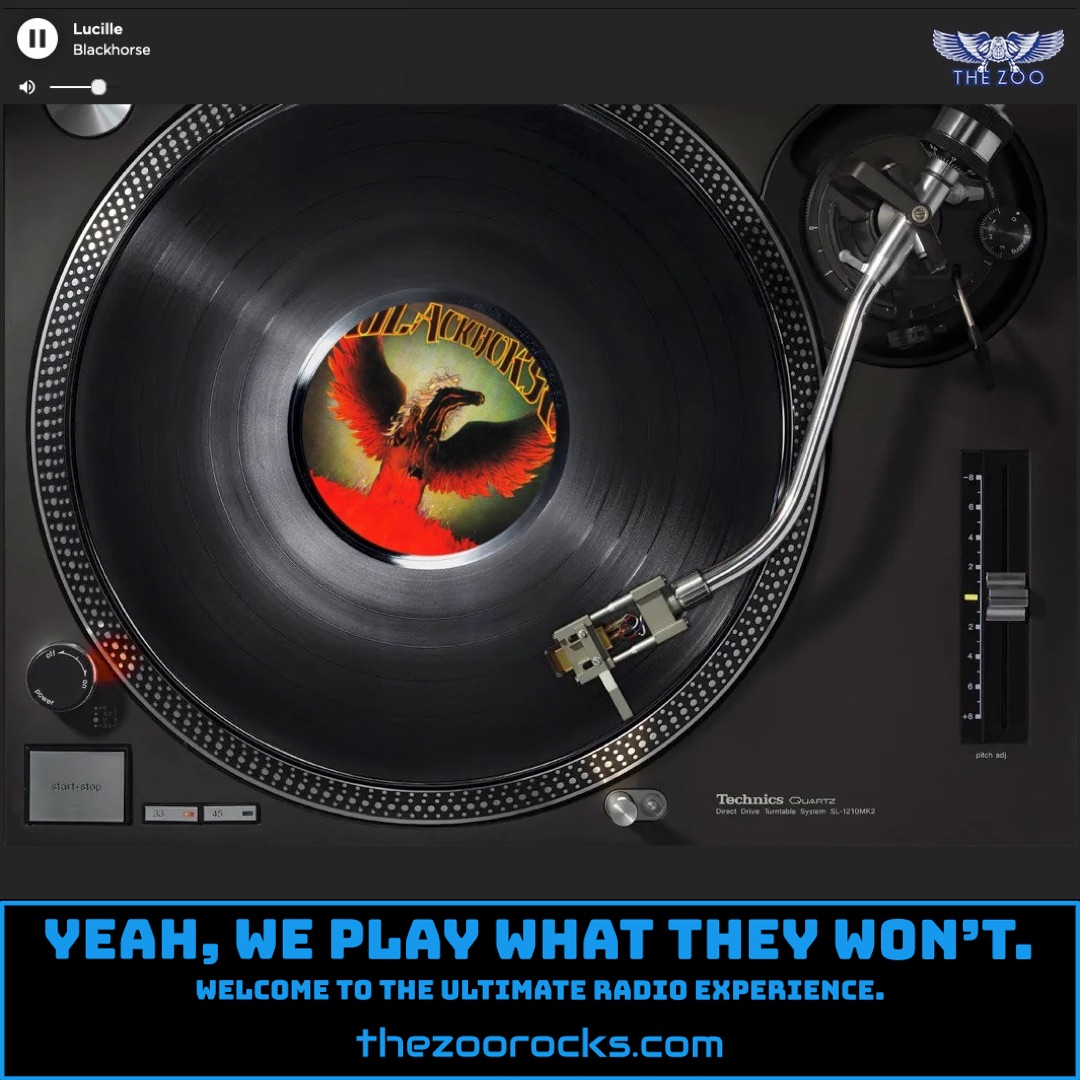The Road (Live 1977)
Jackson Browne
Zoo Freaks, get ready for some righteous vibes as we spin "The Road (Live 1977)" by Jackson Browne from his iconic Running on Empty album! This track, recorded in room 301 at the Cross Keys Inn in Columbia, Maryland, and on stage at the Garden State Arts Center in Holmdel, New Jersey, captures the gritty essence of life on tour. Written by Danny O'Keefe, not Browne himself, the song paints a vivid picture of the itinerant musician's life—motels, strangers, and the endless highway. O'Keefe, in a Songfacts interview, shared that the song was born before his 1972 hit "Good Time Charlie's Got The Blues," reflecting his own experiences touring with a band, where six weeks on the road left him "sick and beat to death." Browne's version, slower and more melancholic than O'Keefe’s original, brings a weary authenticity, as if he's living every word. The Zoo Rocks crew notes that Browne’s choice to record this in a hotel room and live on stage adds a raw, unpolished charm that resonates with the song’s theme of restless wandering.
Another cool tidbit comes from the album’s unique production. Running on Empty was a bold experiment, with tracks captured not just in concert but in unconventional spots like hotel rooms and tour buses. "The Road" blends these settings, starting with an intimate hotel recording and segueing into a live performance, showcasing Browne’s ability to weave a narrative across environments. In a Rolling Stone review from 1978, critic Paul Nelson praised the album’s documentary-like quality, and "The Road" exemplifies this, offering a glimpse into the less glamorous side of rock stardom. Fans on Reddit have speculated about the song’s haunting vibe, with some calling it a meditation on loneliness, perfectly suited to Browne’s introspective style. The official Jackson Browne website highlights how this album, released in 1977, became his biggest commercial success, hitting No. 3 on the Billboard Pop Albums chart and earning 7x platinum status.
Now, let’s rewind to how Jackson Browne got his start. Born on October 9, 1948, in Heidelberg, Germany, to an American serviceman and a Minnesota-native mother, Browne grew up in Los Angeles, immersed in the vibrant Southern California music scene. As a teenager in the mid-1960s, he was already writing songs, with his tune "These Days" covered by Nico in 1967 when he was just 16. He briefly joined the Nitty Gritty Dirt Band in 1966, honing his craft before heading to New York City to back artists like Nico and Tim Buckley. His songwriting caught attention, with tracks like "Take It Easy," co-written with Glenn Frey, becoming a hit for the Eagles in 1972. Encouraged by these successes, Browne released his self-titled debut album in 1972, featuring the Top 40 hit "Doctor, My Eyes." His early work, infused with the influence of Bob Dylan and the Laurel Canyon scene, established him as a cornerstone of the 1970s singer-songwriter movement, as noted on Britannica.
Browne’s career skyrocketed with albums like Late for the Sky and The Pretender, but Running on Empty marked a creative peak, blending live and impromptu recordings into a cohesive story of life on the road. His activism, including co-founding Musicians United for Safe Energy in 1979, has also shaped his legacy, earning him accolades like the 2002 John Steinbeck Award for his environmental and social advocacy. Inducted into the Rock and Roll Hall of Fame in 2004 and the Songwriters Hall of Fame in 2007, Browne continues to create, with his latest album, Downhill from Everywhere, released in 2021. Zoo Freaks can keep up with him on his official website, Facebook, Instagram, and X. Join the fan community at the Jackson Browne Fan Page on Facebook or dive into discussions on the Jackson Browne Reddit community for more rockin’ vibes!

